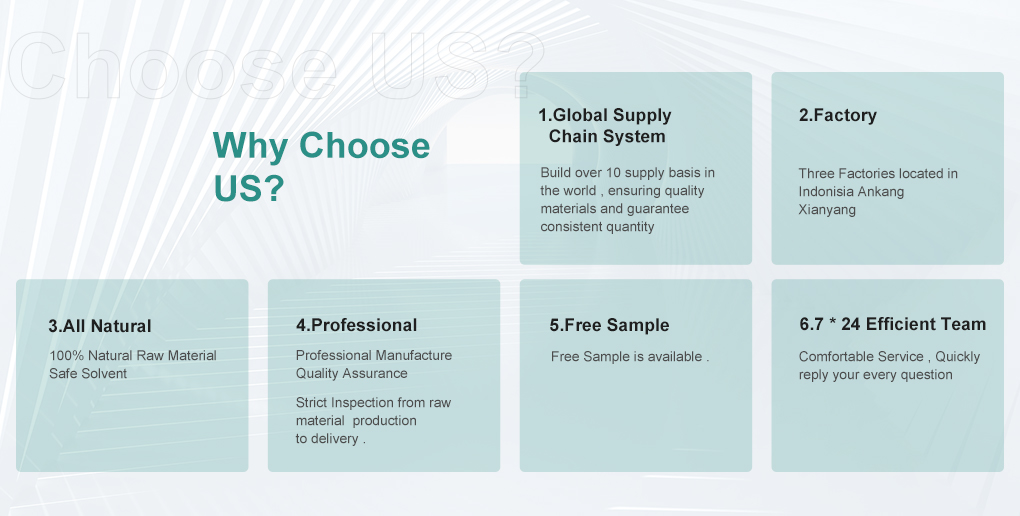If you are looking for a clean-label, eye-catching, and naturally sourced red colorant for your products, Beetroot Red Colorant is one of the best choices on the market. Its bright color, stable performance, and plant-based origin make it highly popular among beverage, snack, bakery, and nutritional product manufacturers. Consumers today prefer natural ingredients over synthetic additives—and Beetroot Red helps brands meet that expectation while improving product appearance and market appeal.
What Is Beetroot Red Colorant?
Beetroot Red Colorant is a natural red pigment obtained from beetroots. Instead of using artificial colorants, manufacturers use ground beetroot or beet juice concentrate to create a vibrant red hue. This gives the colorant a plant-based and clean-label image, which aligns well with current consumer trends. Its signature color ranges from pinkish red to deep wine-red depending on the concentration and application.
In daily product development, Beetroot Red Colorant is valued because it provides color without bringing complexity. It blends smoothly into beverages, snacks, chocolates, bakery fillings, smoothies, and many more. Even small amounts can make a product look fresher and more appealing. Many brands choose it simply because it is recognizable and gives a trustworthy “from nature” feeling.
What Does Beetroot Red Taste Like, and Will It Affect My Product?
Beetroot naturally has a slightly earthy sweetness, but the colorant form is usually processed to minimize taste, especially when used at normal levels. Most manufacturers find that Beetroot Red Colorant does not noticeably affect the taste of their beverage, candy, or pastry products. This is one reason why it is widely used in flavored drinks, gummies, and children’s products.
However, when used in higher concentrations or in very mild-flavored formulations, a subtle beetroot note may appear. Many brands adjust sweetness or fruit flavors to balance it, such as pairing it with strawberry, raspberry, or citrus. These combinations enhance the final product’s flavor harmony and maintain a clean and appealing color.

Why Do Manufacturers Prefer Beetroot Red Over Synthetic Red Colorants?
One major reason is that consumers are actively choosing natural ingredients over artificial ones. Beetroot Red Colorant provides a clean-label alternative that looks visually appealing without raising concerns about artificial additives. This advantage helps brands position their products as more natural, premium, and trustworthy.
Another benefit is regulatory convenience. In many markets, natural colorants are more acceptable in both adult and children’s foods. Beetroot Red is plant-derived, simple, and straightforward, making it easier for brands to communicate transparency and safety. This helps with marketing, branding, and retail acceptance.
How Stable Is Beetroot Red Colorant in Different Applications?
Beetroot Red works well in most regular food and beverage environments. It provides stable color in cold drinks, smoothies, powders, gummies, and baked goods. Its color stays bright as long as the temperature and acidity stay within normal product ranges.
However, it is sensitive to extremely high heat or very low pH levels. In overly acidic drinks or long high-temperature baking, the color may shift slightly. Most manufacturers simply adjust formulas or reduce heating time to keep the color fresh and stable, making it easy to use for a wide variety of applications.
Where Can Beetroot Red Colorant Be Used?

Beetroot Red is highly versatile and can be used in beverages, dairy products, confectionery, bakery items, sauces, snacks, plant-based foods, and meal replacements. Whether a brand wants a soft pink tone or a deep red hue, Beetroot Red offers flexible color control that works with many types of recipes.
In addition, because it comes from a vegetable, many health-conscious consumers find it more acceptable. Products that emphasize natural ingredients—such as organic drinks, children’s snacks, and functional powders—often choose Beetroot Red to strengthen their “natural and clean” image.
- Reference
-
-
Natural Food Colors Market Report, Mordor Intelligence.
-
Carvalho, L. M. et al. “Natural pigments in food: Sources and stability.” Food Research International.
-
European Food Safety Authority (EFSA) – Information on natural vegetable colorants.
-
USDA Agricultural Research Service – Beetroot composition data.
-
Gengatharan, A. et al. “Trends in natural food colorants.” Journal of Food Science & Nutrition.
-
- Beetroot Red Colorant offers natural beauty, clean-label appeal, and eye-catching color—all from a single ingredient. If your brand is ready to upgrade from synthetic additives or explore new flavor and color possibilities, Beetroot Red is a powerful choice. Whether you create beverages, snacks, powders, or bakery products, this natural colorant can help you build a fresher, more attractive, and more competitive product line.
About Ruiwo:


contact us:
Address:Room 703, Ketai Building, No. 808, Cuihua South Road, Xi’an, Shaanxi, China
E-mail: info@ruiwophytochem.com
Phone: 008613484919413 0086-29-89860070
Hours: Monday-Friday: 9am to 6pm
Post time: Nov-19-2025





